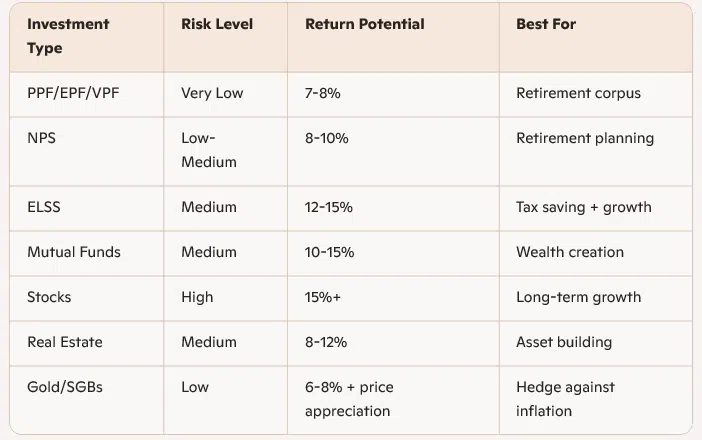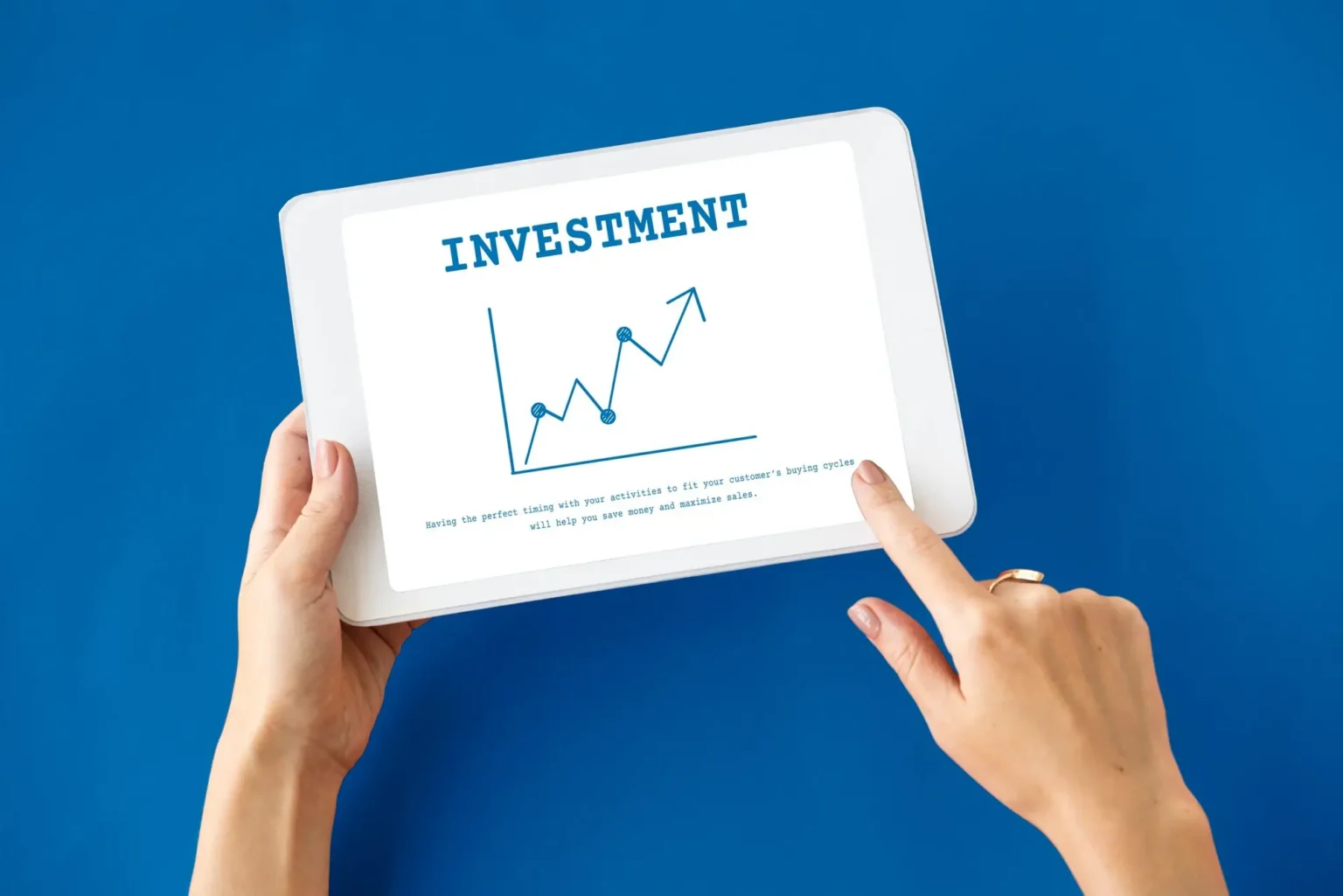Being a full-time employee comes with both stability and constraints. You earn a steady salary, but your time is limited, and financial planning often takes a backseat. Yet, securing your future requires deliberate investment strategies that balance safety, growth, and tax efficiency. In this blog post, we’ll explore future-safe investment strategies for salaried professionals, covering everything from traditional savings schemes to modern wealth-building avenues.
🌱 Why Investment Planning Matters for Employees
- Steady Income, Limited Growth: Salaried employees often rely on fixed monthly income. Without investments, inflation erodes purchasing power.
- Retirement Security: Unlike business owners, employees may not have large assets to fall back on. Retirement planning is crucial.
- Tax Efficiency: Smart investments reduce taxable income, increasing net savings.
- Financial Goals: Buying a house, children’s education, or early retirement requires disciplined investing.
🛡️ Safe & Tax-Efficient Investment Options
1. Public Provident Fund (PPF)
- Government-backed, risk-free.
- Lock-in: 15 years, extendable.
- Tax benefits under Section 80C.
- Ideal for long-term retirement corpus.
2. Employee Provident Fund (EPF) & Voluntary Provident Fund (VPF)
- Mandatory for salaried employees.
- Employer contribution adds to savings.
- VPF allows higher voluntary deposits.
- Safe, predictable returns.
3. National Pension Scheme (NPS)
- Designed for retirement planning.
- Offers equity + debt exposure.
- Tax benefits under Section 80CCD.
- Long-term wealth creation with low risk.
4. Tax-Saving Fixed Deposits (FDs)
- Lock-in: 5 years.
- Safe but lower returns compared to inflation.
- Good for conservative investors.
5. Equity-Linked Savings Scheme (ELSS)
- Mutual funds with tax benefits under Section 80C.
- Lock-in: 3 years (shortest among tax-saving options).
- Potential for high returns through equity exposure.
📈 Growth-Oriented Investment Options
6. Mutual Funds (SIP Route)
- Systematic Investment Plans (SIPs) allow disciplined investing.
- Diversified across equity, debt, hybrid funds.
- Suitable for medium to long-term wealth creation.
7. Direct Equity (Stocks)
- Higher risk, higher reward.
- Requires knowledge and monitoring.
- Best for long-term goals if invested in blue-chip companies.
8. Real Estate
- Tangible asset, potential rental income.
- Hedge against inflation.
- Requires significant capital and long-term commitment.
9. Gold & Sovereign Gold Bonds (SGBs)
- Hedge against market volatility.
- SGBs offer interest + gold price appreciation.
- Useful for portfolio diversification.
⚖️ Balancing Risk & Return

🧭 Practical Strategy for Full-Time Employees
- Emergency Fund: Keep 6–12 months of expenses in liquid funds or savings account.
- Insurance First: Health and term insurance before investing.
- Tax-Saving Investments: Maximize Section 80C benefits (PPF, ELSS, NPS).
- SIP Discipline: Start monthly SIPs in diversified mutual funds.
- Retirement Corpus: Allocate 20–30% of salary towards retirement-focused schemes.
- Diversification: Mix safe instruments (PPF, EPF) with growth (mutual funds, equities).
- Periodic Review: Rebalance portfolio annually based on goals and risk appetite.
🚀 Example Portfolio Allocation (for a 30-year-old employee)
- PPF/EPF/VPF: 25%
- NPS: 15%
- ELSS Mutual Funds: 20%
- Equity Mutual Funds (SIP): 20%
- Direct Stocks: 10%
- Gold/SGBs: 5%
- Emergency Fund: 5%
This diversified approach ensures safety, tax efficiency, and long-term growth.
🌟 Conclusion
For full-time employees, future-safe investment strategies are about balance—combining safe government-backed schemes with growth-oriented investments like mutual funds and equities. The earlier you start, the more powerful compounding works in your favor. By diversifying across tax-saving, retirement-focused, and wealth-building options, you can secure financial independence and peace of mind.
Pradip, would you like me to expand this into a full 1500+ word blog post with detailed case studies, sample calculations, and step-by-step portfolio building? That way, you’ll have a polished article ready to publish.





